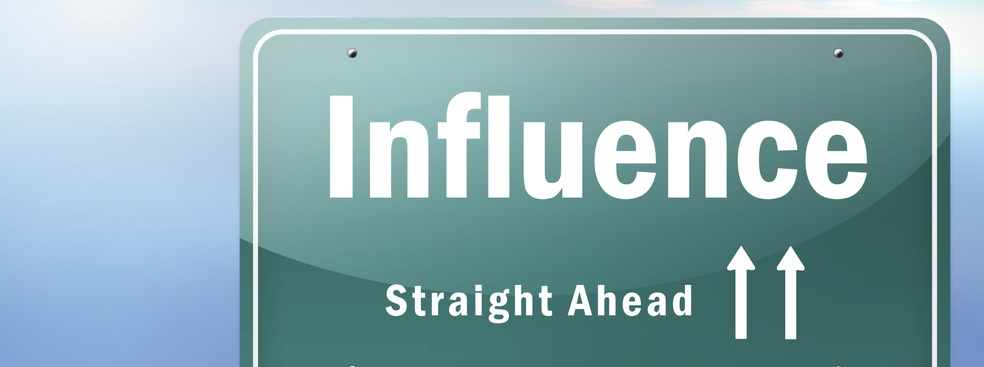From the book Lobbying : cadre, outils & stratégies, edited by Viviane de Beaufort and Françoise Hacque-Cosson
__
On the web, organizations tend to work on influencing decision-makers in one of two, sometimes complementary, ways: first and foremost, they relay messages that are as objective as possible in order to give audiences the confidence to form their own opinions, or, conversely, they take a clear stance on an issue that will be shared primarily by those audiences that are already advocates.
For the average web user, “honeypot” websites are the most effective: this kind of site concentrates on known facts and verifiable information from recognized sources: first by collecting expert opinions from other websites, blogs and social media platforms and then by placing the organization in a relay position, linking to other sources rather than creating the content themselves. The idea is to become a unbiased thought leader before taking a stance on an issue, while holding onto a semblance of neutrality.
Once an organization has developed an attractive web presence, however, the critical next step is to influence in numbers. To have sufficient diffusion, sites need to be well-positioned on the Web in terms of Search Engine Optimization (SEO) to increase their visibility. Leverage engaged audiences and social media to ensure that some content goes viral. When an organization’s original content is as objective as possible, and they relay more partisan content, sometimes with more sensitive and emotional approaches, presented from their viewpoint on social media, they’re creating “buzz” around their issue.
To build influence is to build a network – in this case it’s a virtual network, but it’s none the less built on emotional connections.
The three steps to e-lobbying
-
Organizations should do some web benchmarking first (look at forums, newsgroups, and other information sources) to identify the public opinion trends that will impact their argument. If necessary, they can already look to respond to opinions that will negative impact them by issuing press releases, sending out litigation and lawsuits threats, and launching public relations operations.
-
Organizations should then anticipate to be reactive, both offline and online. Some companies create "dormant sites" which are ready to go live very quickly in case they need damage control. Technology has become an integral part of crisis communication.
-
Finally, organizations can be proactive: they can participate in the online debate in order to funnel it through their information networks.
Influencing strategies: five types of website
-
The honey pot
Here, the goal is to raise awareness for a specific cause by becoming known as an information source on a much broader issue. In brief, the “honey pot” site builds a community by demonstrating impartiality and moral/technical legitimacy on the chosen topic. Creating this type of site is a long process because you can only be credible if you succeed in establishing yourself as a hub of information.
-
The mirror
Mirror sites funnel traffic to a central, showcase sit focused predetermined information. In other words, mirror sites are rudimentary sites whose links converge on one focal site in order to establish it as the authority on a given subject.
-
The Trojan horse
Here, the idea is to look for possible links and affinities between the issue you’re looking to address and similar issues. By approaching related topics, you can begin to sensitize like-minded audiences to your cause.
-
The name and shame
This is a "consumerist" site that capitalizes on product defects or errors, in order to consumers to react. This type of site most often includes a forum, which allows every-day consumers to contribute to the mass of "critical" content, initially fed by the activists.
-
The rumor mill
This is a deviant strategy designed to destabilize a company, public policy, law, or product that stands in the way of the issue that you’re looking to support. These sites distill "negative" information through one or more sites, while staying relatively below the radar.
What we call e-lobbying or cyber lobbying opens new possibilities to influence audiences and target decision-makers. In many ways, it’s a tool for democracy because it opens the debate and gives a greater number of individuals a voice. However, there are risks of abuse emotion can take precedence over the argumentative because the information is sometimes difficult to control, since the issuer is not who you think. Typical tools of lobbying regulation (register, ethics, etc) do not take shelter. Economic agents are slow, mostly in France, to fully integrate IE in the heart of their strategy and think ahead themselves to the powerful impact of e-lobbying strategy.









